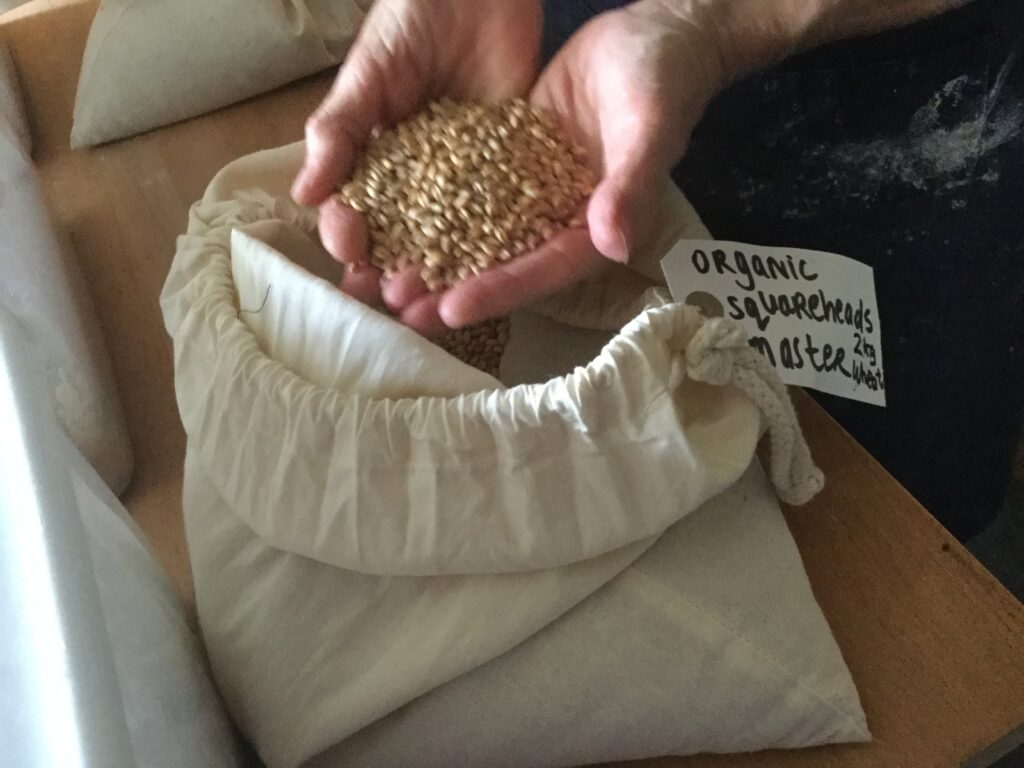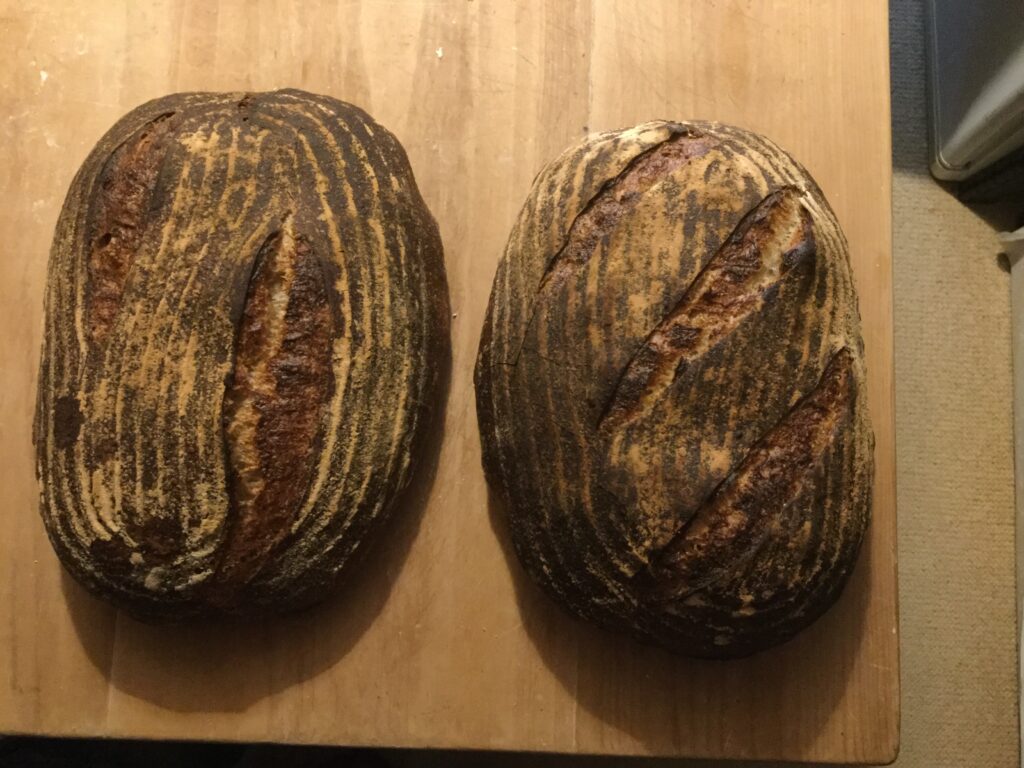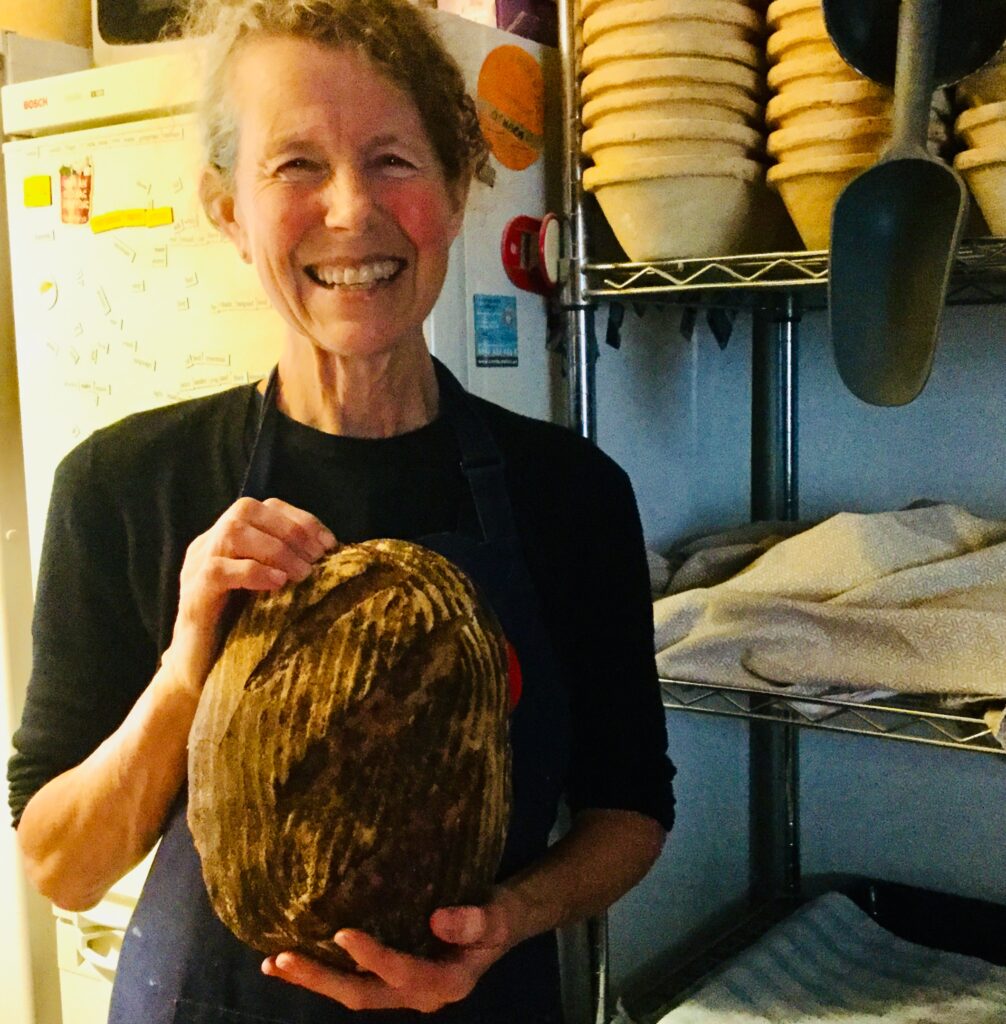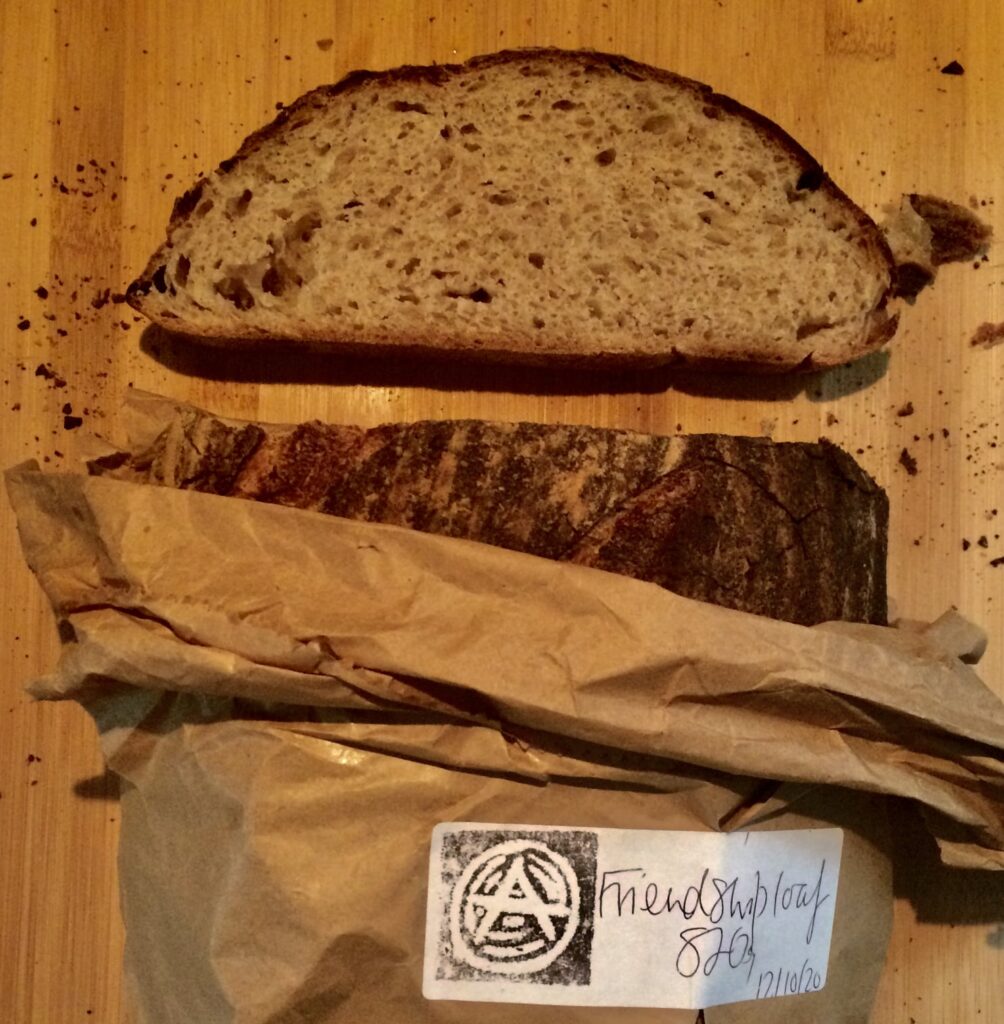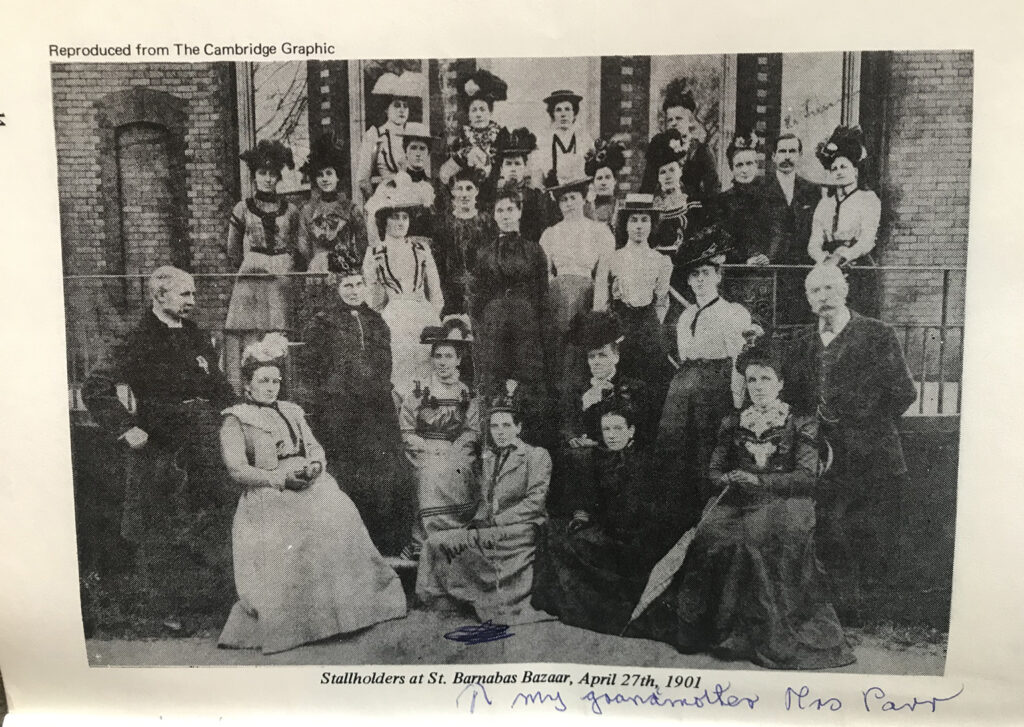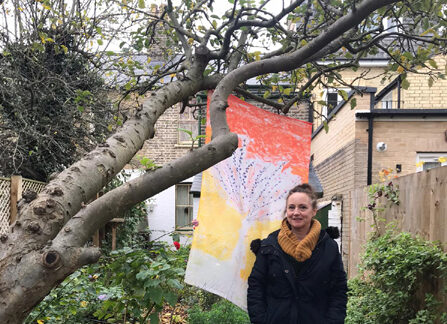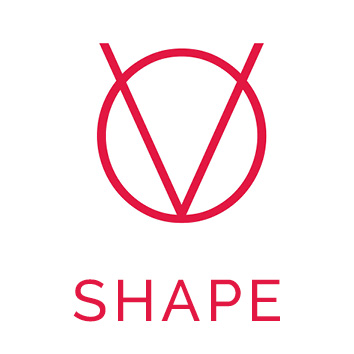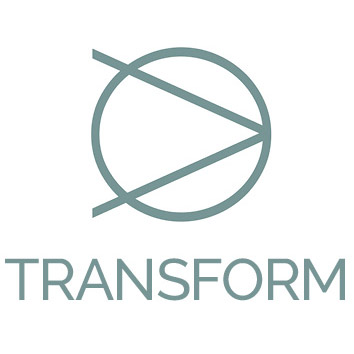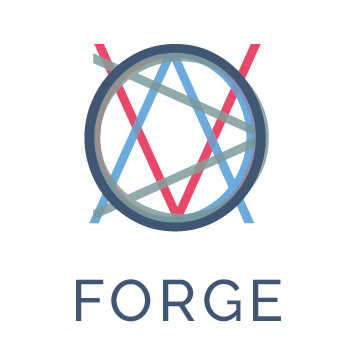Nurturing Communities
‘When love and skill work together, expect a masterpiece.’
As the first lockdown was announced, flour was near impossible to buy as people prepared to start baking; ‘daily exercise’ was combined with foraging, and many residents have spoken about preserving, bottling, baking and making. This time enabled us to reconnect to the skills and practices of our ancestors, comforting ourselves with the smells and tastes of childhood. Taking time. Feeding family. Feeding friends and neighbours. Our communities flourished as we connected to our food, to each other, and to ourselves.
Sharing a loaf of bread reconnects our senses, links us to our culture, to our community
“For so long we have been focussing on what we thought we needed, and not what people actually needed.” says local baker Alison McTaggart. “From agriculture to supermarkets – we have become so disconnected. Bread making is as much about community as it is about the bread. Bread nourishes us. It nourishes the community.”
“It was a stressful time when lockdown started, everything has felt so unstable – I think people were buying flour to gain some control – it is something people can do for themselves. Making bread gives us a sense of stability. Baking with your family, feeding your family, thinking about where our food comes from, sharing a loaf of bread: It reconnects our senses, links us to our culture, to our community. Maybe people remember if from childhood – maybe even further – it has a mythical quality. “
“There’s something about giving bread as a token of friendship, it’s so evocative,” says Alison. “The Friendship Loaf really spoke to me – I have developed wonderful things out of bread making – I really got to know my community.”
Not just connecting to making our food – but also to where it has come from. “We have become so detached. I really hope people hold on to it.” says Alison.
Alison McTaggart, in conversation with Hilary Cox Condron. FORGE 2020.
If you’d like to find out more about the real food and farming movement, the first global, online gathering of the Oxford Real Farming Conference is being held in January 2021. Working with partners around the world, ORFC Global brings together voices from the real food and farming movement across six continents, for what they believe is the first time: A radical, inclusive and inspiring seven-day programme of talks, events and workshops
If you do anything, do it well
‘If you do anything, do it well’ is inscribed on the wall at The David Parr House – on Gwydir Street. A working-class Victorian decorative artist, for over 40 years, David Parr decorated his own terraced home in the style of the grand interiors he worked on every day, creating a beautiful oasis inspired by the natural forms around him.
- © David Parr House
“Elsie and Alfred also grew their own vegetables in the back garden and at a separate allotment and in her later years Elsie and her neighbours shared food, including the apples from the apple tree. Since the first lockdown, we installed a motion-sensitive camera in the back garden so that we can continue to share the space and some of our wilder visitors (squirrels, hedgehogs, Jackdaws, Bernard the Cat),” says Charlotte Woodley, The Pilgrim Trust Curator at the David Parr House. Charlotte is pictured (above right) with the Parr apple tree as part of the Cambridge Tree Charter Day celebrations.
Connecting to our senses, connecting to our community
“Herbs, medicinal plants and trees give us a unique and interesting link with the natural world. We have a rich history of traditional western herbalism to look to and have an interesting future where herbal medicine can be part of a modern health care system.
Many of us connect to nature to find peace and relaxation. It is within that space, that breath, when growing or foraging, preparing, eating, drinking or simply sitting with plants, that we are able to heal on a deeper level. Our medicinal plants link us to a deeper understanding of ourselves and a deeper understanding of the natural world.”
Cambridge herbalist, Vanessa Neville, in conversation with Hilary Cox Condron. FORGE.2020
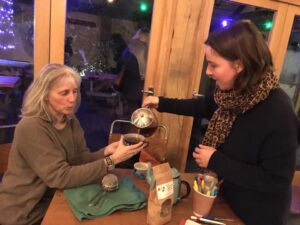
Vanessa sharing her rose and nettle tea at an Ironworks workshop.
Vanessa prepared rose and nettle tea as we met more of the local community and shared memories. ‘Rose to lift our hearts and bring us together – nettle because nettles are everywhere – everyone can relate and have a nettle story’ says Vanessa. Which are the herbs that make your brain light up? Which herbs do you remember from your childhood? Are there sayings and memories that you recall? Or smells that evoke a particular time or place?
A recipe for Nettle Tea:
Wear gloves when picking or ‘grasp it like a man of mettle’.
FORGE Pop-Up Exhibition at The Museum of Cambridge 17th December – 8th February
As you move through the kitchen and up stairs you will discover how so many lockdown experiences – of baking, growing, foraging, making and spending time in nature – have reconnected us to traditional skills and crafts and ways of living. You will see QR codes around the museum which link you to some of the Cambridge groups and initiatives exploring and developing these themes – from community farming and measuring your carbon footprint to exploring Cambridge’s Urban Forest and Cambridge Doughnut Economics.
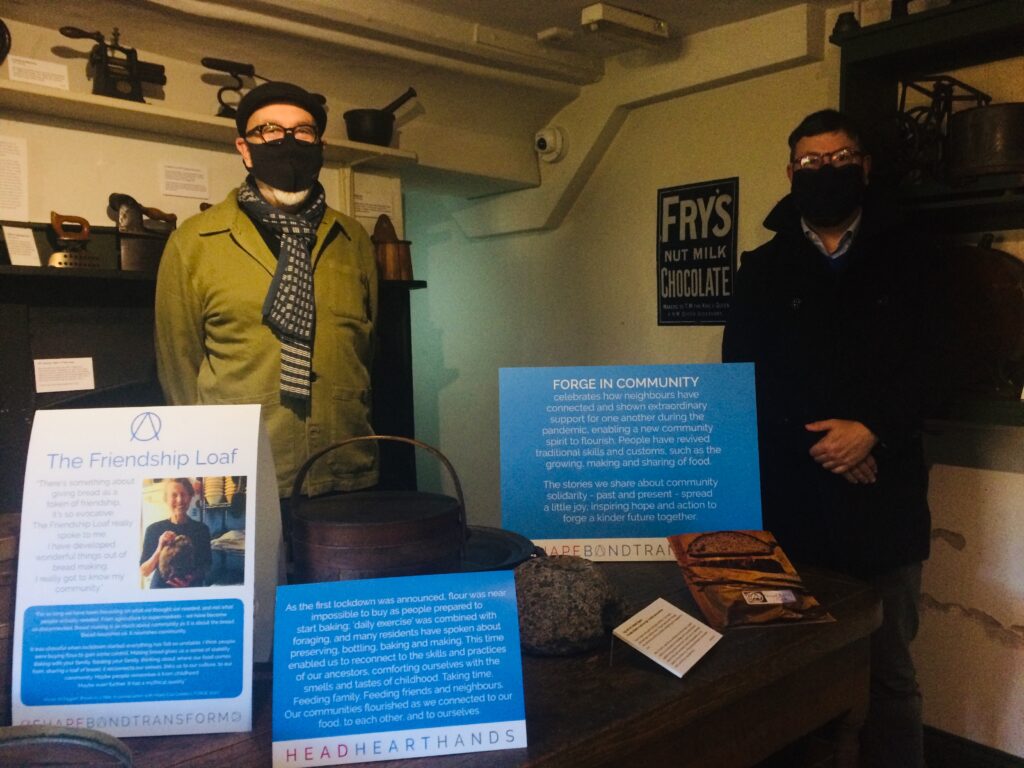
Cllr Mike Davey and Cllr Richard Johnson at the Museum of Cambridge.

FORGE is an evolving project, sharing stories, ideas and actions together. We would love to hear from you!
Please email Ironworks artist in residence Hilary Cox Condron at hilarycoxcondron@gmail.com
Join the conversation on our Facebook page HERE
Hilary Cox Condron on Twitter @mshilarycoxSocial distancing has meant we have had to find lots of different ways to connect. The FORGE Community Gallery is another digital opportunity to share our creativity and ideas, and spread a little joy, too. If you would like to add to it, it’s really quite straight forward, there are instructions on the page – posts can be anonymous if you’d like them to be – and all posts will be monitored before it is made public. We would love you to join us there.
#ForgeCambridge #shapebondtransform
If you would like updates about the IRONWORKS public art programme and future community events, you can sign up to the Resonance-Cambridge mailing list HERE

